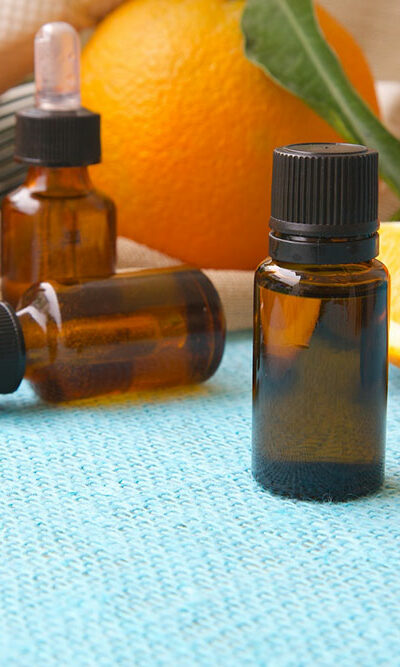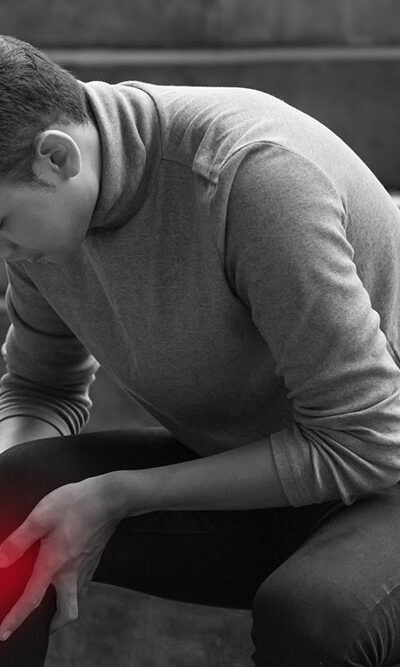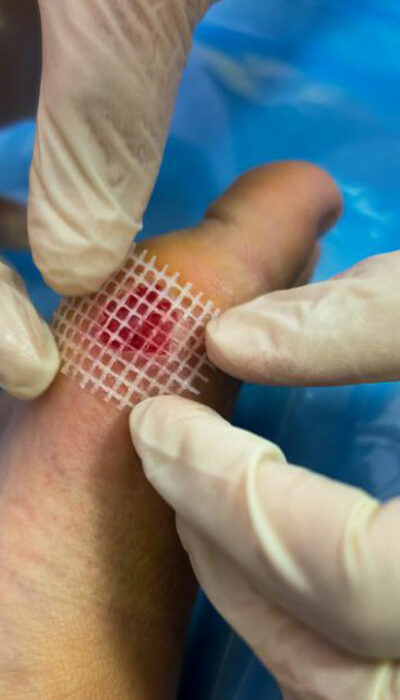
Home Remedies For Preventing And Treating Diabetes
Diabetes is often an inherited condition, but it may also be the result of faulty diet plans, emotional stress, lack of exercise, sleep deprivation, inadequate rest, and toxins in the body. Patients who have been diagnosed with diabetes usually opt for natural or herbal cures besides the conventional medications for treating this condition. However, it is important to have the right knowledge of home remedies to treat this disease. Some remedies for treating diabetes are given below: Bitter gourd is known to treat hyperglycemia as it contains at least three active substances with properties that help reduce blood sugar levels. Fenugreek has many health benefits, one of them being controlling diabetes and improving glucose tolerance. Consuming fresh mango leaves is also believed to be an effective home remedy for diabetes. Moringa Oleifera leaves, or drumstick is effective for maintaining optimum blood sugar levels. They boost energy levels, are rich in antioxidants, and have anti-inflammatory properties. Foods which have a low GI or glycemic index are recommended for treating diabetes. When you include low GI foods in your diet, they can help lower blood sugar levels in the long run. Such foods include barley, oats, eggs, meat, seafood, lentils, beans, legumes, corn, yams, sweet potatoes, and non-starchy veggies. Apple cider vinegar can be added to salad dressings since it lowers blood glucose levels. It also influences your body’s response to glucose and boosts insulin sensitivity. Cinnamon has been recommended for improving insulin sensitivity and lowering insulin resistance in cells. According to reports, it can reduce blood sugar levels by almost 29%. It also slows carb breakdown during digestion, and this helps to control the rise in blood glucose levels post-meals. Eating more fiber in meals can lower blood sugar. The recommended fiber intake for adults with diabetes is about 30 grams a day.










